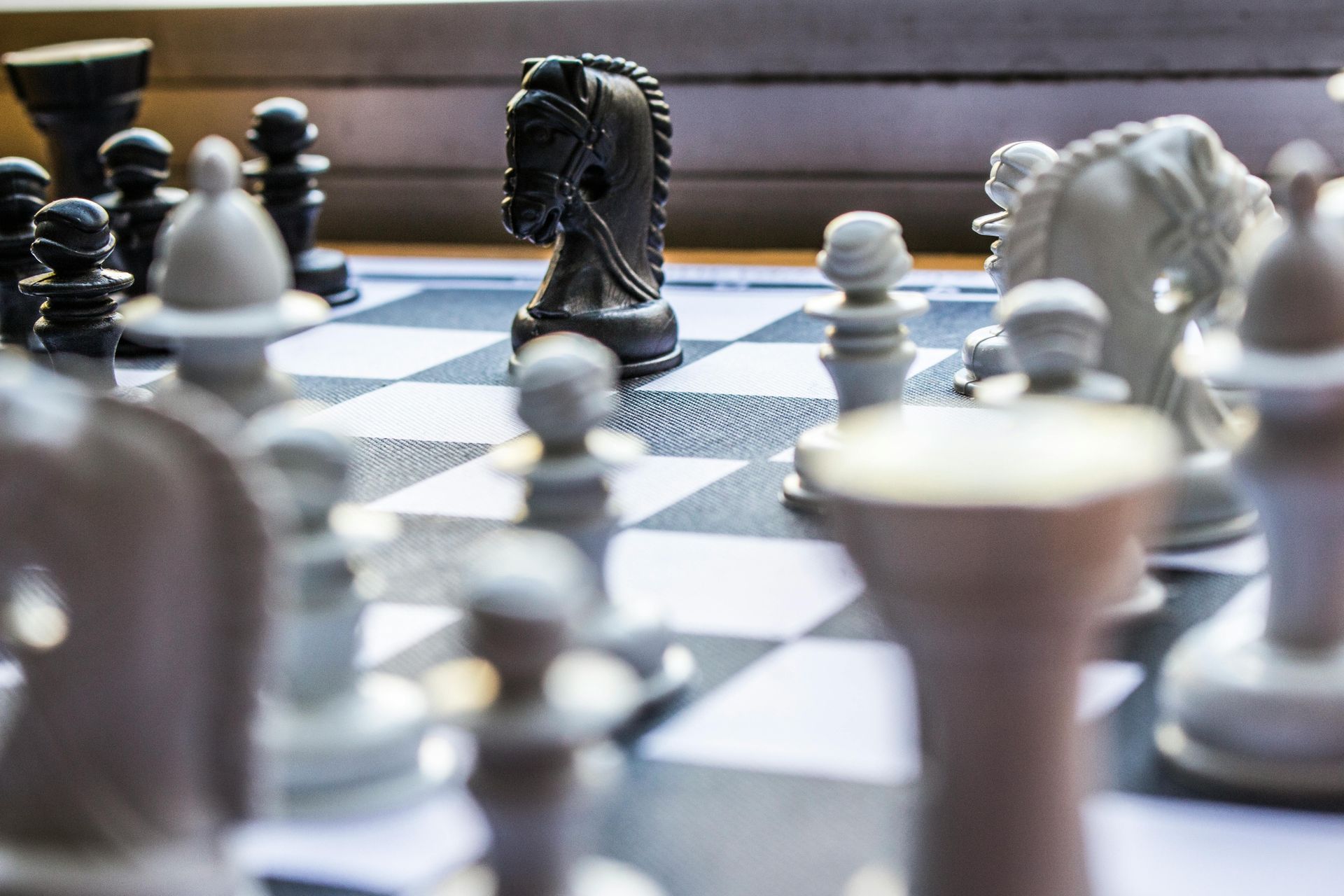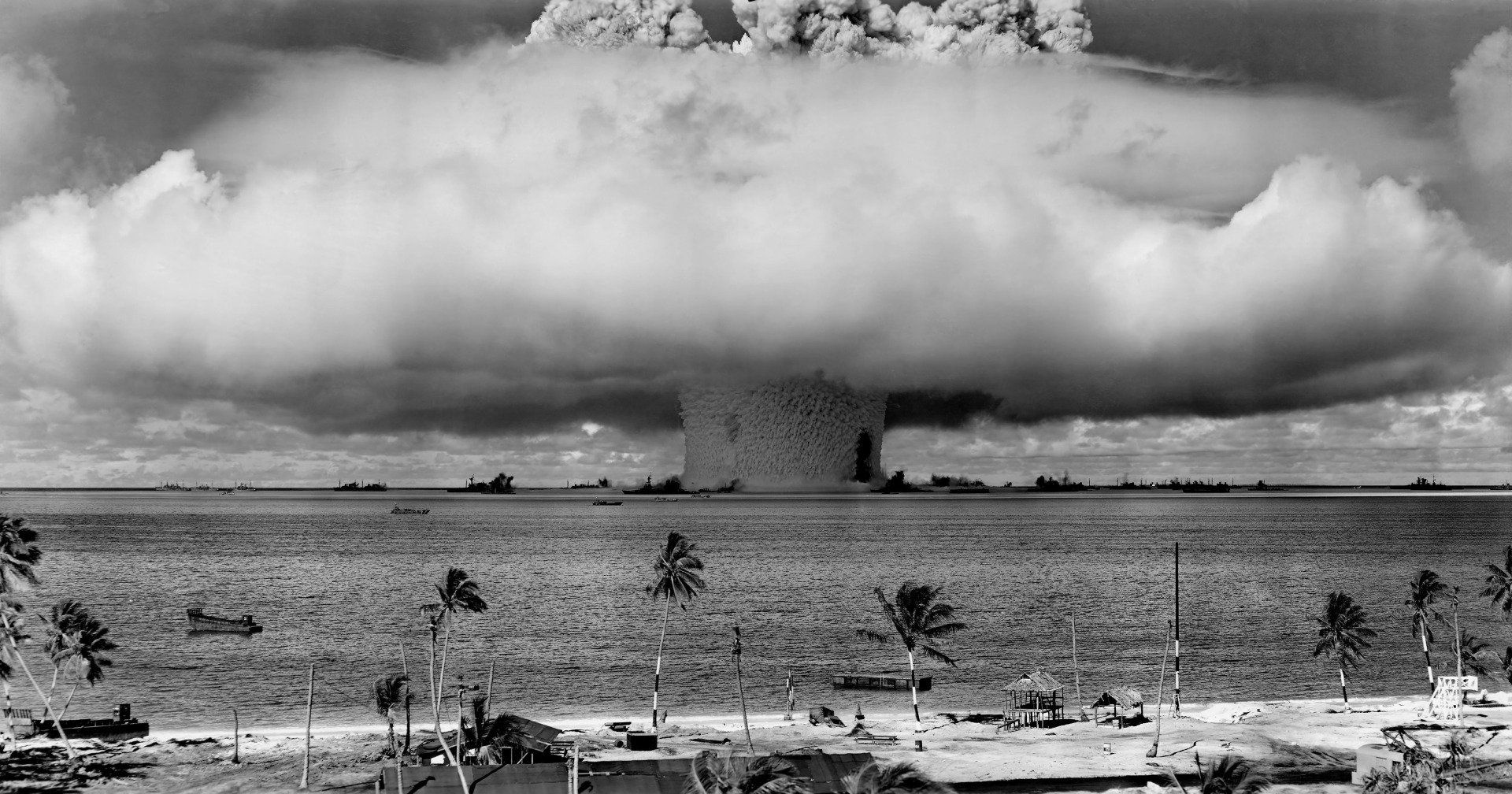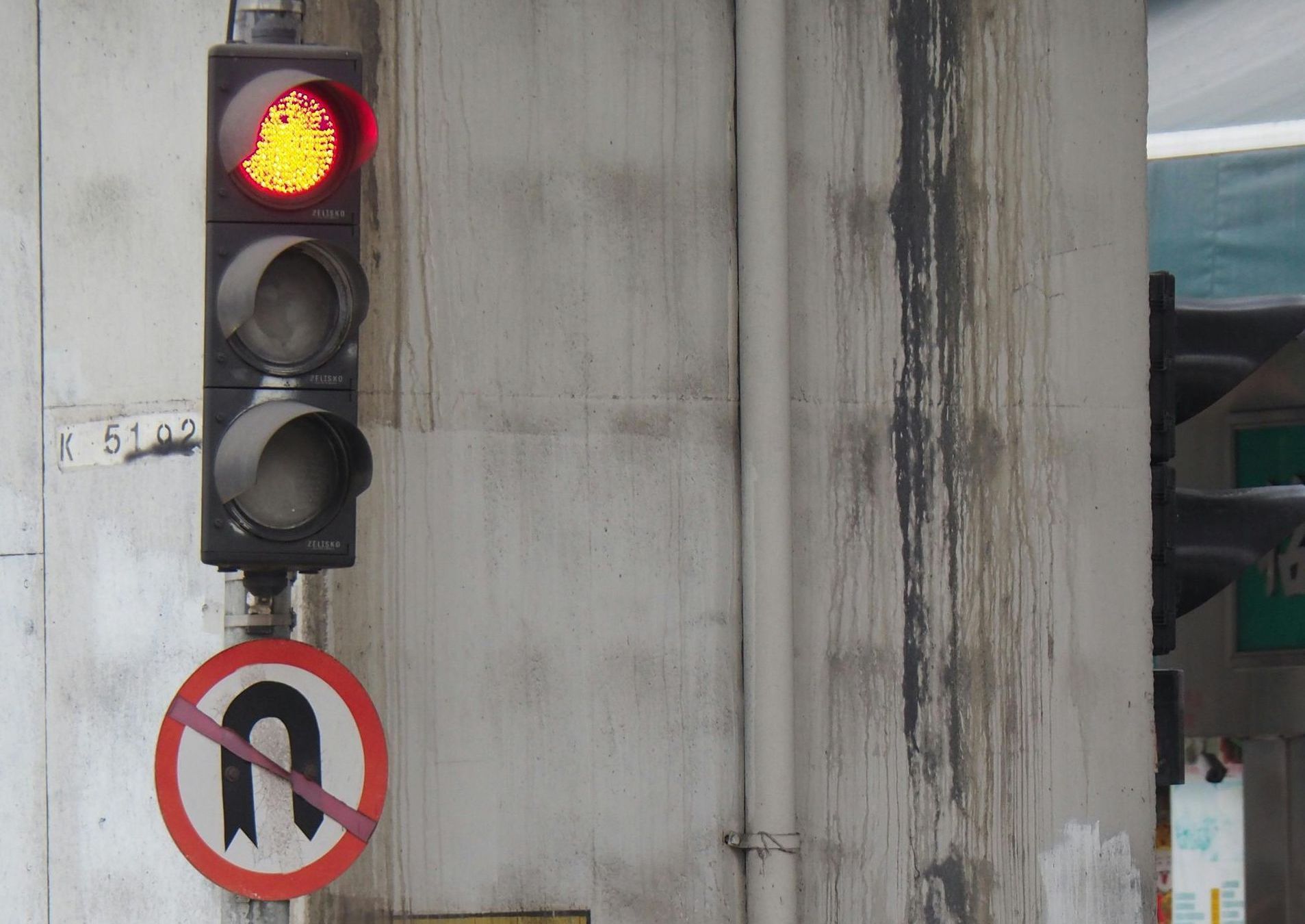The Hon. Christopher A. Ford
New Paradigms Forum -- International Security Policy Since 2009
Thinking About China’s Nuclear Weapons Policy
Below are the remarks Dr. Ford delivered on August 9, 2024, to an event organized by the National Institute for Deterrence Studies (NIDS).
Thanks for inviting me to speak. NIDS Senior Fellow Peter Huessy asked me to say a few words this morning about the nuclear weapons program of the People’s Republic of China (PRC) – and, more specifically, about Beijing’s extraordinary nuclear weapons build-up – based on a paper I published earlier this year with the National Institute for Public Policy. Naturally, I can only offer you my personal opinion, and you shouldn’t mistake my remarks as necessarily representing the views of anybody else, but it’s an important topic and I’m delighted to have the chance to talk to you.
China’s stunning nuclear expansion is certainly alarming, but it is also one of the more fascinating aspects of the growing PRC threat. Remember, after all, that for decades it was both the claim of Chinese Communist Party (CCP) propagandists and the view of most international observers that China was somehow “different” than other nuclear-armed states by virtue of its “minimalist” approach to deterrence, small arsenal, “No-First Use” declaratory policy, and apparent disinterest in arms racing.
China has now, of course, long abandoned what Deng Xiaoping once called “biding its time and hiding its capabilities,” and it is quite clear that such seemingly benign nuclear weapons policies have also now been thrown overboard. Indeed, it’s quite possible that the “minimum deterrence” approach was always merely a temporary expedient, or perhaps even a smokescreen, part of a campaign of strategic misdirection to lull the rest of the world into complacency while the PRC built up other facets of its power until Beijing could engage with relative impunity in a massive nuclear expansion that was always, at some point, going to be in the cards as part of China’s “national rejuvenation.”
But to make that point, I suppose, is to jump ahead a bit. So what I’d like to do now is to circle back a little. In my NIPP paper last February, I tried to offer a sort of organizing framework for contemplating PRC nuclear weapons policy. I suggested thinking about PRC nuclear weapons issues through the prism of three historical “eras” and four conceptual “framings.”
My “Three Eras” of Chinese nuclear policy correspond loosely to: (1) the early period of nuclear weaponization under Mao Zedong; (2) a so-called “minimum deterrence” period that stretches from Mao’s late years until relatively recently; and then (3) the “national rejuvenation” period that one could say began under Hu Jintao, thereafter accelerating under Xi Jinping, and in which China’s nuclear capabilities have been expanding rapidly.
My “Four Framings” sought to identify dynamics that may explain at least something about PRC nuclear strategy and policy. They’re not necessarily alternative explanations, for they aren’t mutually exclusive, and it may be that each reveals something noteworthy about Chinese policy to some extent.
- The first framing is moralistic posturing, in which nuclear weapons policy is depicted by Chinese officials as demonstrating something about Beijing’s supposed moral superiority to its antagonists and rivals in the global security environment.
- The second is game-theoretical positioning, in which Chinese strategists seek to match their nuclear force posture in some relatively clear and articulable way to some threat they claim to fear, or in order to achieve some objective they prioritize.
- The third framing sounds a bit awkward, but I called it net power aggregation. This is a dynamic in which Chinese officials seem to view nuclear weapons as a key part of their nation’s overall national power and a key to its success both in overall geopolitical competition and (if necessary) in warfighting.
- The fourth and final framing has to do with great power status-seeking, in which nuclear weaponry is seen as one of the indicia of global power and status that it would be intolerable for a “rejuvenated” China not to possess.
Let me briefly describe each of the three “eras,” before trying to explain how I tried in my paper to use the four “framings” to conceptualize influences that I think help shape PRC nuclear weapons policy and draw out some of their implications.
Three Eras of Chinese Nuclear Policy
The First Era: Weaponization
China tested its first nuclear weapon in 1964, but the road to weaponization was not smooth. From the outset, foreign technology transfers were critical to the PRC’s bomb program, and China’s main “pro-proliferation” facilitator was the Soviet Union.
In those days before the Sino-Soviet split of the late 1950s, Moscow agreed to provide “full assistance in the fields of nuclear physics and the peaceful uses of atomic energy.” Chinese nuclear scientists were sent to the USSR to train, and Moscow helped the PRC in its early development of nuclear technology.
In 1957, the Soviets agreed to provide a ballistic missile to China, as well as technical details on nuclear weaponry, and even an actual prototype atomic bomb. The Soviets sent a team to Beijing specifically to tell China how to make nuclear weapons, and Soviet scientists helped build the Chinese nuclear weapons development facility in Haiyan – apparently constructing it as an exact replica of the Soviets’ own nuclear weapons development “closed city” of Arzamas-16 (now known as Sarov).
Not all of this, however, went smoothly for China, for the Soviets soon got cold feet as their overall relationship with the PRC soured. Problems arose out of growing disputes and rivalries within the Communist bloc centered on China’s discomfiture at being geopolitical second-fiddle to anyone, and out of Mao Zedong’s sometimes shockingly cavalier attitudes toward nuclear war at a time in which Soviet Premier Nikita Khruschev had begun to take a more cautious approach in the years after the near-catastrophe of the Cuban Missile Crisis.
CCP officials in those years depicted Beijing’s acquisition of atomic bombs as a noble serviceto mankind, for it would break the malign monopoly of the U.S. and the Soviet Union, preventing the rest of the world from having to be the superpowers’ “nuclear slaves.” Nuclear proliferation, therefore, was thus painted as a public service: a “great contribution to the cause of peace.”
Mao thus opposed arms control and even seemed comfortable with the idea of nuclear war itself. He regarded war with the capitalist states as being quite likely, and he clearly felt that a nuclear war would by no means be an entirely bad thing. It would ensure, he suggested, the “total elimination of capitalism,” and thereby usher in an epoch of “permanent peace.” According to Mao, “[i]f the worst came to the worst and half of mankind died [in nuclear war], the other half would remain while imperialism would be razed to the ground and the whole world would become socialist.”
Hearing such things, Nikita Khrushchev came to see Mao as basically being unhinged in this regard, concluding that Mao actually wanted a nuclear war so that both the United States andthe USSR would be devastated, leaving Communist China in the global catbird seat. As Khrushchev put it later, “[e]verybody except Mao was thinking about how to avoid war.” He reportedly said that “Mao Zedong is sick, crazy,” and “should be taken to an asylum.”
So despite his earlier help for Mao’s nuclear weapons effort, Khrushchev held back from delivering the actual prototype bomb he had promised. In fact, by August 1960, all Soviet advisors were gone. Thanks to Soviet help, China was already well along the road to atomic weaponization, but the PRC and the USSR were thereafter bitter rivals rather than allies.
China, therefore, entered the nuclear era with a worryingly nuclear-messianic reputation and in a firmly “pro-proliferation” mode – soon seeking to provide nuclear weapons assistance to Indonesia, and then beginning a long-running nuclear proliferation relationship with Pakistan.
The Second Era: Minimalism
So that’s the first “era.” The “Second Era” of China’s nuclear weapons history can be thought of as starting once Mao passed from the scene in 1976. After his death, the man who remained China’s paramount leader throughout the 1980s and into the early 1990s, Deng Xiaoping, was far more pragmatic.
Where Mao had attempted to build the PRC into a global revolutionary powerhouse and expected a climactic war with capitalism, Deng sought to build up China’s wealth and power through export-led growth, acquiring from the rest of the world the technological and industrial know-how it needed in order to grow stronger through the accumulation of what Deng’s advisors came to call “comprehensive national power” (CNP). CNP was viewed as an aggregation of all the myriad factors that could help make a country powerful – e.g., military capabilities, economic strength, technological sophistication, political influence, cultural strength and self-confidence – and it remains a key concept in PRC strategic planning to this day.
Crucially, this learning period required that Dengist China maintain a relatively un-provocative geopolitical posture, lest alarming Chinese behavior provoke the West to cut off such transfers of technological and industrial knowledge and capability to Beijing. After all, as we have seen, intemperate behavior under Mao had helped provoke the cutoff of Soviet nuclear and other military assistance several years before Beijing actually had the Bomb. Deng’s China might avoid repeating this mistake in a new context of Western knowledge-transfer by simply not talking about its ambitions – or by pretending to have more modest ones than it did.
This , then, was the context for Deng’s exhortation to “bide your time and hide your capabilities.” Beijing was explicitly building up its CNP for some time in the future when it would no longer have to “hide” its capabilities anymore and could act in the world in ways it – impliedly – had always desired to do eventually.
For so long as this cautious Dengism lasted, however, China’s posture in the geopolitical arena needed to seem unthreatening. It needed to seem focused exclusively upon economic reform and upon generally market-based, export driven economic development.
It was during this period that our longstanding conventional wisdom about Chinese nuclear policy developed. It came commonly to be said that China adhered to a “minimum deterrent strategy,” based upon a small nuclear force purely for second-strike retaliation to deter aggression and a “no-first use” (NFU) policy. And indeed, for a long time, its arsenal remained relatively small, and was not obviously structured for warfighting.
This was certainly what Chinese officials told the world – such as in emphasizing, in Beijing’s 2006 White Paper on Defense that “China exercises great restraint in developing its nuclear force. It has never entered into and will never enter into a nuclear arms race with any other country.” And it is what international observers seem generally to have believed.
To be sure, even in Deng’s time there were suggestions that China regarded nuclear weapons as more than just a defensive tool. As I’ll discuss more under the idea of my fourth “framing,” Chinese leaders also saw nuclear weapons as a status symbol and a sign of geopolitical progress. Nuclear capabilities were part of how China could show that it had shaken off what CCP propagandists call their country’s “Century of Humiliation” at Western and Japanese hands and was regaining the “Middle Kingdom’s” traditional place of importance in the world.
As Deng Xiaoping himself put it,
“If it were not for the atomic bomb, the hydrogen bomb and the satellites we have launched since the 1960s, China would not have its present international standing as a great, influential country. These achievements demonstrate a nation’s abilities and are a sign of its level of prosperity and development.’”
That said, however, as long as China’s force remained relatively small, most observers seemed to believe CCP official “mouthpiece” organs that China had no threatening nuclear weapons ambitions – and that we in the West therefore didn’t need to worry much about countering its nuclear plans.
But let’s take a quick detour into China’s nuclear “No First Use” (NFU) policy. I won’t dwell too much on it here, but it must be mentioned because NFU has long been a critical piece of PRC messaging encouraging us to reach such conclusions. This NFU policy, it is said, demonstrates the fundamentally defensive nature of nuclear weapons in PRC planning, and NFU proclamations have been central to Chinese multilateral diplomacy for decades.
Indeed, it’s hard to overstate how important NFU is in Chinese nuclear-related diplomacy, and in the CCP regime’s official image of itself. NFU is part of how China attempts to posture itself as being uniquely virtuous and geopolitically benevolent and non-threatening.
I won’t go into the details here, because the Washington policy community is these days increasingly aware that China’s NFU policy is riddled with ambiguous caveats and not something one could truly rely upon in a crisis anyway, since it is merely a policy choice from which CCP leaders could depart anytime they like.
Last autumn’s groundbreaking report of the latest U.S. Strategic Posture Review Commission and the U.S. Defense Department’s reports on Chinese military power, for example, make clear that China’s NFU promise has major qualifications. These accumulating caveats are making China’s nuclear weapons policy harder and harder to distinguish from other countries’ declaratory policy – including our own.
Moreover, as I have argued for many years, NFU policies are inherently ephemeral and unreliable. In part this is because, as I noted, NFU is merely a non-binding promise, a statement of policy that – by definition – could be changed on a whim anytime the CCP leadership wants. (It really only means that China promises not to use nuclear weapons first, until it decides to use them first!)
And why should anyone have confidence, anyway, that in a war with a geopolitical rival that was going badly, a country with nuclear weapons would refrain from using them rather than suffer a massive defeat? As I have repeatedly pointed out, including when in government, in strategic terms, NFU pledges are pretty empty and useless, worth little more than the paper they’re seldom even printed on.
When you feel you can really trust a country’s word enough to make potentially existential national security decisions in reliance on such a promise, after all, you probably don’t worry about nuclear attack from that country in the first place. On the other hand, if you distrust a country enough to worry about nuclear attack, you’d be a fool to take it at its word!
Anyway, so much for the feel-good emptiness of NFU. But it was a central plank of China’s second nuclear “Era” of so-called “minimal deterrence approach” for a long while.
The Third Era
Now we’re in the “Third Era” of Chinese nuclear weapons policy. And today, of course, China is engaged in a massive nuclear expansion.
And since we’re looking for insights into what’s behind Beijing’s nuclear decisions, it is worth stressing the context in which this build-up is occurring. Specifically, in terms of relative military capabilities, China today faces less of a foreign military threat than it has at any time since the glory years of the Qing Dynasty in the 18th Century.
Let me repeat that: in terms of relative capabilities, China today faces less of a foreign military threat than it has in centuries.
Yet China followed its so-called “minimum deterrence” approach even back when the United States and Soviet nuclear arsenals were at their Cold War peaks, with scores of thousands of weapons between them. This included years in which Soviet and Chinese troops were shooting each other in the north and the Kremlin was considering preemptive nuclear strikes on the PRC. And yet, all that time, China kept its nuclear arsenal relatively small.
Today, by contrast, China’s build-up of conventional military power gives it the strongest armed forces China has had, relative to the rest of the world, in two centuries. Meanwhile, the potential nuclear threats facing China are the smallest they’ve been since the early 1950s, as U.S. and Russian arsenals have been reduced to fractions of their levels at the end of the Cold War – to the point that today the U.S. arsenal is the smallest it’s been since the Eisenhower Administration, back when China began its nuclear proliferation collaboration with the Soviets. Despite this, however, China is now buying new intercontinental ballistic missiles (ICBMs) like the proverbial sailor on shore leave orders drinks. (I mean no disrespect to the Navy folks in the audience, by the way: I’m a former naval officer myself!)
China is on track to have about the same number of deployed strategic nuclear warheads we do – that is, about 1,500 of them – by 2035, including those based in several hundred new missile silos, and we have no idea whether it will stop there. The build-up also includes massive new road-mobile ICBMs, missiles with maneuvering hypersonic glide vehicles (HGVs), an HGV-equipped fractional orbit bombardment system (FOBS), new ballistic missile submarines capable of targeting the U.S. homeland from “bastions” in the South China Sea, and a vast new nuclear weapons production infrastructure with a throughput that puts our own aging nuclear complex to shame.
All of which raises the obvious question: why all of this stunning and destabilizing Chinese nuclear weapons expansion, and why now?
The “Four Framings”
To help answer this, I offer my “four framings” to help us think about factors influencing Chinese nuclear weapons policy. Remember, they’re: (1) moralistic posturing; (2) game-theoretical positioning; (3) net power aggregation; and (4) great power status-seeking.
Moralistic Posturing
With regard to moralistic posturing, China has clearly long made nuclear weapons policy part of broader messaging campaigns encouraging the belief that China is a uniquely benevolent and virtuous international player whose rise nobody should fear, much less counter.
Indeed, even Mao Zedong’s nuclear recklessness was profoundly moralistic in its own way. (Remember, he portrayed China’s weaponization as a noble mission and service to the world.) And of course, China’s NFU policy has for decades been a key element in the “we are very virtuous and nobody should fear us or do anything to counter our rise” narratives deployed by CCP propagandists since the beginning of the “biding time and hiding capabilities” era. Moralistic posturing remains important in CCP messaging even today, while Beijing is engaged in a massive nuclear build-up.
Despite all the moralizing, however, there is today remarkably little moderation in PRC nuclear behavior. It may be significant that China still doesn’t officially admit to the nuclear build-up that everyone can see is happening, but such posturing certainly isn’t preventing it.
Game-Theoretical Positioning
When it comes to game theoretical positioning – “framing” number two – I think you could at least make the argument that Chinese nuclear policy is responsive to some concept of threats facing China. It’s not a very strong argument, mind you, but I could envision one.
It is at least conceivable, for instance, that modern CCP leaders under control freak and Chairman-for-life Xi Jinping are paranoid enough to believe that the malevolent foreign barbarians who run Washington might launch an out-of-the-blue first strike on China, thereafter relying upon the small U.S. homeland missile defense system to protect America against whatever Chinese forces had survived that attack. If they truly feared such a thing, I could imagine an argument that China needed more ICBM silos to absorb incoming U.S. warheads and increase the odds of enough PRC systems surviving to overwhelm our missile defenses. Maybe, therefore, you could construct a rationale for a PRC nuclear build-up.
But while I can’t rule out some kind of game-theoretical logic applying here, I must say I don’t find it particularly compelling. Not least, the idea seems unpersuasive because the scale and rate of China’s current massive expansion of nuclear capabilities seems so out of line with any nuclear threat China might reasonably feel itself to face.
Indeed, the U.S. nuclear arsenal – arguably the most acute nuclear threat to China in the present geopolitical environment – isn’t presently increasing at all, and hasn’t been. (Quite the contrary: it’s been shrinking for a generation.) While U.S. administrations sometimes talk a good game about expanding our missile defenses, moreover, we’ve done precious little to actually do so.
Moreover, as I already mentioned, relative to the rest of the world, the net military threat to China – in both conventional and nuclear terms – is now smaller than it’s been since the days of the Qianlong Emperor. It’s not impossible that there are North Korean levels of paranoid pathology in the CCP leadership, of course, but it seems rather an extreme interpretation to suggest that China has preemptively reacting over the last few years to a theoretical future expansion of U.S. nuclear capabilities that nobody in Washington has actually planned or budgeted for.
If anything, that argument would get the arrow of causality precisely backwards. In fact, if the United States does finally begin expanding its arsenal in the years ahead, this will be in large part a reaction to China’s, build-up. So that “responding to threats” game-theoretical explanation for China’ current spree of nuclear weapons binge-buying seems to me entirely unconvincing.
If there is any game-theoretical explanation for China’s nuclear build-up, therefore, it surely lies less in perceived threats than in perceived opportunities. Specifically, it is to me veryplausible that Beijing is engaged in its current massive nuclear build-up in order to improve what I call the “offensive nuclear umbrella” that strategic deterrence can create, and under which a revisionist would-be aggressor may try to carry out wars of territorial aggression.
We usually think of a nuclear deterrent “umbrella” as defensive, but it could also potentially be employed as an offensive weapon, with a nuclear standoff creating tactical “space” in which an aggressor might be able to devour regional victims without facing counter-intervention. Vladimir Putin, for instance, has been trying to employ such an “offensive nuclear umbrella” by using nuclear saber-rattling to scare the United States and NATO out of providing support for Ukraine as that country battles Russia’s war of conquest and annexation against it.
And it would be in no way surprising if, as Xi Jinping has precisely this kind of “offensive umbrella” in mind vis-à-vis Taiwan. Indeed, I rather think he does.
Net Power Aggregation
When it comes to the third “framing” of net power aggregation, I think Chinese leaders may well view nuclear capabilities as one element of that broader aggregation of power vis-à-vis other players that tends to decide geopolitical outcomes. Through the prism of longstanding CCP theorizing about “Comprehensive National Power” (CNP), this would make perfect sense, just as it would have in Soviet “correlation of forces” thinking.
As I noted earlier, CNP thinking envisions power as an aggregation of many facets, such as military, economic, technological, political, and cultural power. And it assumes that the possessor of the most CNP is essentially destined to prevail in the international arena, at least eventually, becoming its norm-setter.
This has been an important element of CCP beliefs about the geopolitical environment at least since the early days of Deng Xiaoping’s rule when CNP concepts first gained currency in Party writings. And I think it highly plausible that China considers nuclear weaponry an important element of aggregate power that should be, as with other facets of power, maximized as much as one can.
Moreover, it would be quite logical for China, pursuant to Deng’s “bide your time and hide your capabilities” approach, to avoid the provocative strategic optics of a massive nuclear build-up until relatively late in the CNP game, thus minimizing the risk of precipitating foreign countermeasures until Beijing felt ready to handle the consequences. As in, perhaps … now.
Great Power Status-Seeking
Finally, I also find the “framing” of great power status-seeking quite persuasive. As I observed earlier, such a framing already finds support even in Deng Xiaoping’s declaration that nuclear weapons “demonstrate a nation’s abilities and are a sign of its level of prosperity and development.”
Chinese nationalists have long looked for indicia of geopolitical status by which to measure China’s relative position and its “return” to the great power status of which they feel it was robbed in the 19th Century. It would thus surprise me not at all were modern Chinese leaders to conclude, in effect, that China would be unable to feel it had truly achieved its geopolitical “return” and “national rejuvenation” if Beijing did not possess the world’s foremost nuclear arsenal. In fact, it might be almost surprising if a nuclear weapons build-up did not occur sooner or later.
Conclusion
So where does all this leave us? Well, you can add up the pieces as well as I can. Of all the “framings” I have described, only the first – that of moralistic posturing – would seem even potentially to provide a basis for nuclear weapons restraint, and even that clearly doesn’t seem to be happening. Apart from its simply not talking about the build-up that everyone can now see in progress, “restraint” is a word that can no longer be used to describe China’s nuclear weapons policy!
The other three framings I have discussed don’t seem to conduce to nuclear restraint. Indeed, they may be worryingly mutually-reinforcing in helping drive the current build-up. To the degree that Chinese nuclear policies are influenced by game-theoretical positing, net power aggregation, or great power status-seeking, all these influences would seem to point in the direction of more nuclear weapons expansion rather than less.
I fear, too, that the potential implications of such self-reinforcing dynamics of game-theoretical advantage, power-aggregation, and status-seeking are also not hard to see. As I suggested in my NIPP paper, historically-minded observers might be forgiven for seeing echoes here of the status-obsessed, militaristic, belligerent, and geopolitically revisionist Kaiser Wilhelm II of Germany – a story of destabilizing ambition that did not end very well for anyone.
The CCP’s ambitions are certainly creating some very dangerous clouds on the horizon.
Thank you for listening.
— Christopher Ford
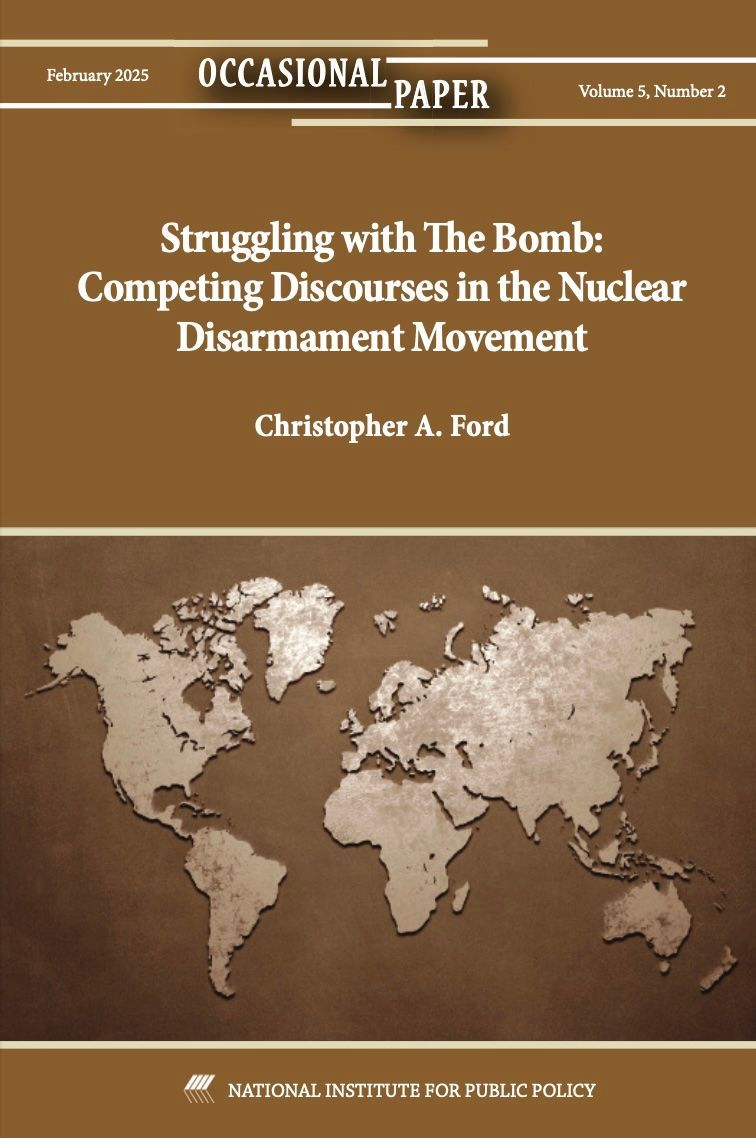
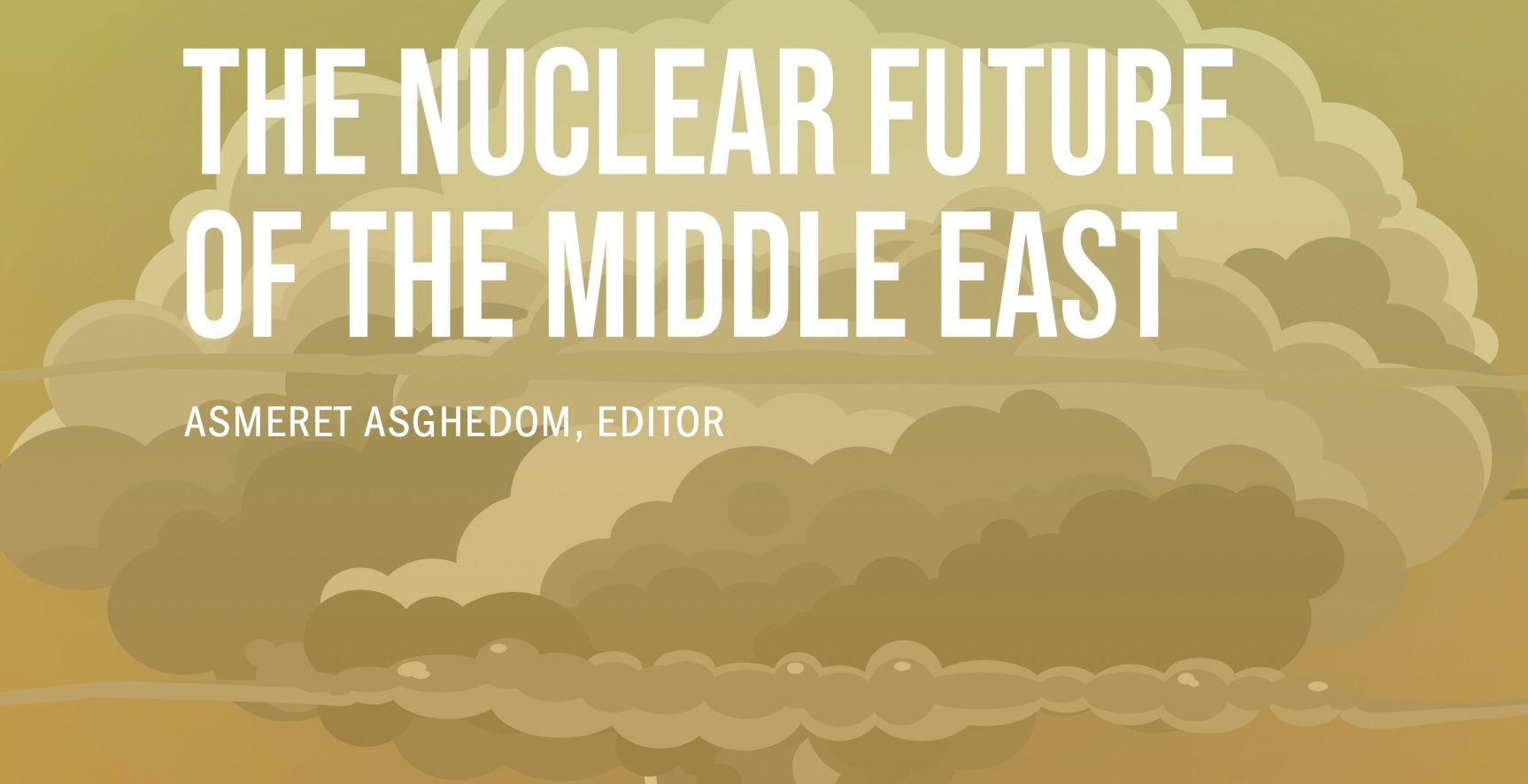

Copyright Dr. Christopher Ford All Rights Reserved


